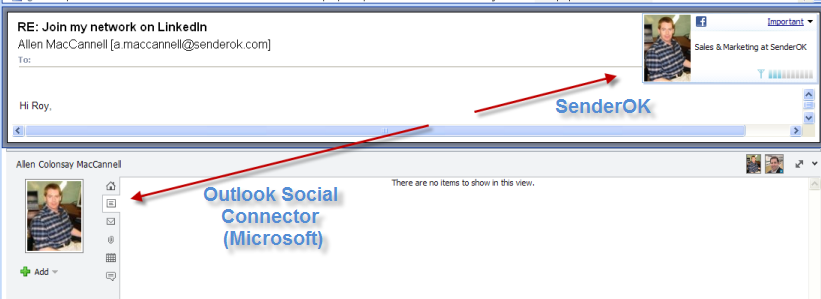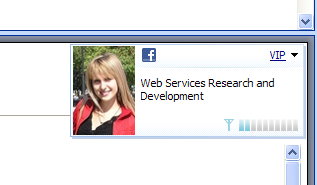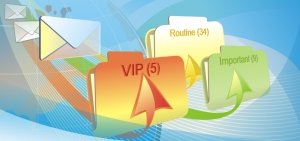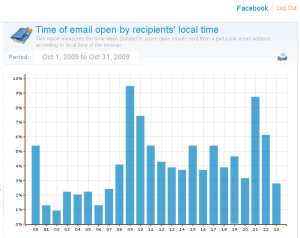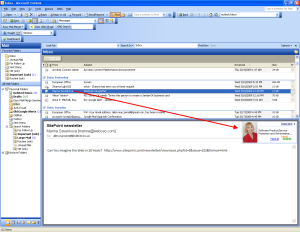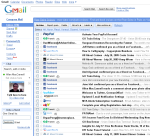Disclaimer: I had two uncles who landed at Colleville sur Mer (otherwise known as “Omaha Beach”) on the 6th of June, 1944 and I do not mean for a beach landing analogy to refer to this particular event nor any of the nations or ideologies involved. Beach landings happened throughout history including the one for the “rescue” of Helen of Troy. Most have failed due to lack of follow-up, planning or resources.

Google Buzz Beachhead February 2010 vs Twitter + Facebook
It may just seem like its been a busy (and snowy) news week for social media enthusiasts, but what Google is attempting to do with Operation Google Buzz is a do-or-die business operation that could have $Billions in consequences. Unlike their training maneuver, Operation GoogleWave, this landing is serious. Yahoo, with their Operation Meme and their Yahoo Buzz bookmarking feature, already failed to gain a decent foothold on the lucrative social media “sharing” continent. Google cannot afford to fail here.
The Google Buzz Micro-Blog landing this week has been surprisingly successful among early adopter types. Robert Scoble, for instance, likes Buzz more than he did FriendFeed which is saying a lot. But, just as a beach landing can be reversed disastrously without quick action, Google needs to move very quickly to consolidate its beachhead and move forward to gain significant user ground. Right now, they cannot do this unless they fix some glaring deficiencies that could break their effort:
[caveat: Google may fix these issues over the weekend if their programmers are on the ball – Update: they weren’t on the ball]
1) First of all, Google needs to populate Buzz by allowing Gmail Account Holders to scan their Contact Lists for others who are on Google Buzz and Invite them enmasse like every other social network does via the reputable checkbox permission procedure. Twitter and Facebook allow this and Orkut, owned by Google, allows this. I am assuming that Google has temporarily left out the ability to scan one’s own contacts for other Buzz members because they don’t want to grow too quickly (they don’t want too many people on the beach the first week).

Why Are Gmail Contact Entries Devoid of Google Buzz Profile Info?
2) While it is great the Google Buzz differs from Twitter in allowing more than 140 characters per post, each post needs to have a button for would-be readers to shrink them down to a less than 200 character preview…the great thing about Twitter is one can easily scan more than 20 posts to see which ones warrant more attention (Twitter probably could charge for premium accounts where Tweets open up to larger posts on a blog on page 2).
3) This is critical: When deciding whether to follow new followers back on Buzz, users must be able to see what that person’s last post was (or a bio) without clicking further. Twitter allows you to follow back or ignore or block without leaving a page. Google Buzz currently forces a user to click through to see the activity of each new follower and that is a horrendous mistake. It takes too much time. Twitter is correct in allowing new followers to be judged by their last tweet or bio which is placed directly in the list of new followers.

Google Buzz Needs to Show a Followers Last Post Like Twitter Does
4) When signing into Gmail, there should be a large and clearly labeled button or link that allows the Gmail account holder to build or edit his or her Google Profile in order to start buzzing (great new verb by the way). As of Friday the 12th, 3 days after the Google Buzz landing, it is still hard for a layperson to see how they can build their profile. This is like a new house having been built without a front door (where the above-mentioned lack of a “Find Buzzers Among Your Contacts” functionality is like having built a new house without running water).
5) Signing up for Picasa has to become more automatic. Right now there are bugs and extra steps that need to be streamlined. Google programmers should work on this all weekend. The ability to load photo albums is critical to competing with Facebook and it is an advantage over Twitter (which should have allowed this months ago themselves, although Twitter has amazingly held the advantage of being the one site that has been successful in allowing custom backgrounds).
6) For Google not to have provided Blogger.com integration was almost criminal (under the Failure to Promote Your Own Company Products Act) – but neither Facebook nor Twitter have capitalized on the idea that people still use blogging websites like WordPress.com when they might prefer to pay a premium to have in-house blogs hosted at Facebook and Twitter.
Beach landings tend to fail more often than succeed whether in war or (metaphorically) in business. The reason is almost always unpreparedness for consolidating any gains and for fixing deficiencies that either appear because something breaks down temporarily or, worse, because the need for something had not been anticipated.
Most of the above six deficiencies will need to be fixed fast for Operation Google Buzz to save itself from being thrown back in the water with the loss of everyone now on the beach.
Update: Google Buzz does a great job of presenting this blog article itself – There is more information (with imagery) provided than the Facebook and Twitter posts I made to attract readers.

The Google Buzz Post for This Article
Allen MacCannell Email: A.MacCannell@SenderOK.com & Mobile: +380 93 031 6742
 //
//
Update: While Big Company Syndrome may prevent Google managers from even seeing this post, I had also made a critique of AddThis.com in this space because they had failed to provide a decent share button so I used Sharetoany.com instead. Showing the flexibility of a good startup, Justin Thorp of AddThis immediately saw this article and answered below that his company will look into making AddThis more user friendly for WordPress.com users. Watching what people are saying on the web is a great way for corporations to avoid being overtaken out of seeming nowhere. Without companies like AddThis paying attention, industries like the Share Button “industry” could get another viable player. With Google Alerts, it isn’t all that hard for a small company to keep track of mentions on the web and respond to them. Google itself, however, is probably too big to pay attention to Google Alerts about Buzz.
Please Share this Post By Clicking On The Share Button Above – I love using Google Buzz by the way. Let me know what you think. What are the strengths and weaknesses of Google Buzz compared with Twitter and Facebook.
Share this Post
